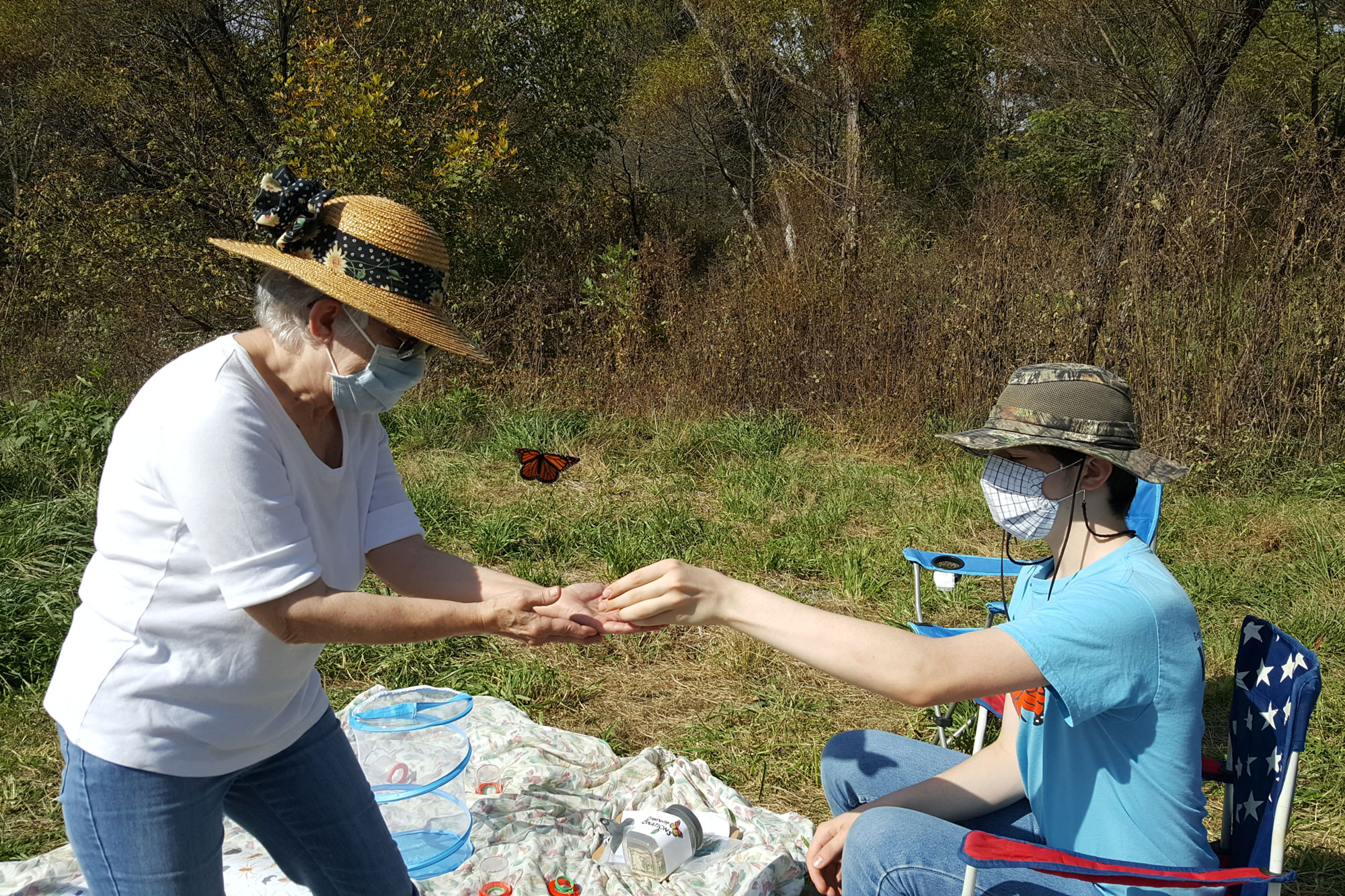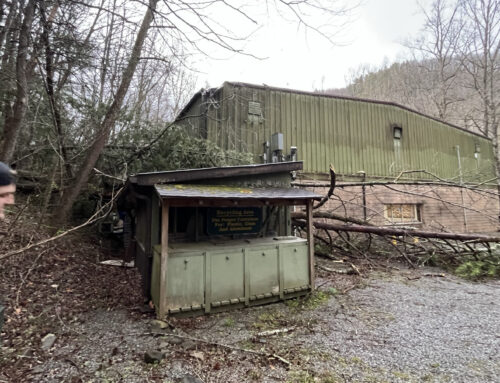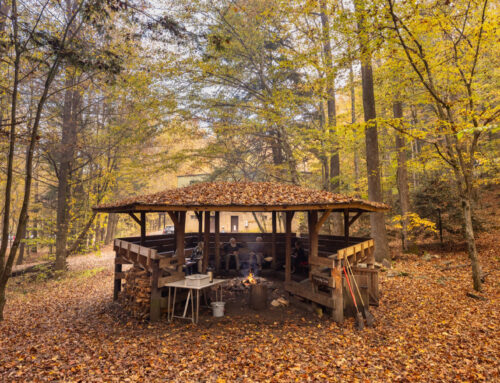Pictured above: Volunteer Daniel Metcalf releases a tagged monarch with a participant in Cades Cove. Photo by Karen Metcalf
This is a year we won’t soon forget!
Community Science is always about folks learning together and uncovering the wonder the world has to reveal. In any year, monarch tagging is a perfect example of people coming together across state and country boundaries to reveal the secrets of this multi generational migration, and to learn from the monarchs who have been making this journey for millennia (see our post about how this program inspired us to change ‘Citizen Science’ to ‘Community Science’).
Of course, this year isn’t just any other year. With Tremont going through financial hardship, and having used only about half of our tags from last year, I ordered just 200 tags for our 2020 season. That was a mistake! Not only did we tag 895 monarch butterflies in the fields of Cades Cove, we also introduced over 350 members of our community to the monarch story. So where did we get the extra tags? Luckily, our incredible volunteer monarch team came together to donate tags of their own and find other willing donors to help meet the demand. We ended up with 8 separate donations, many with hundreds of tags! A truly community effort by an admirable group of monarch lovers.
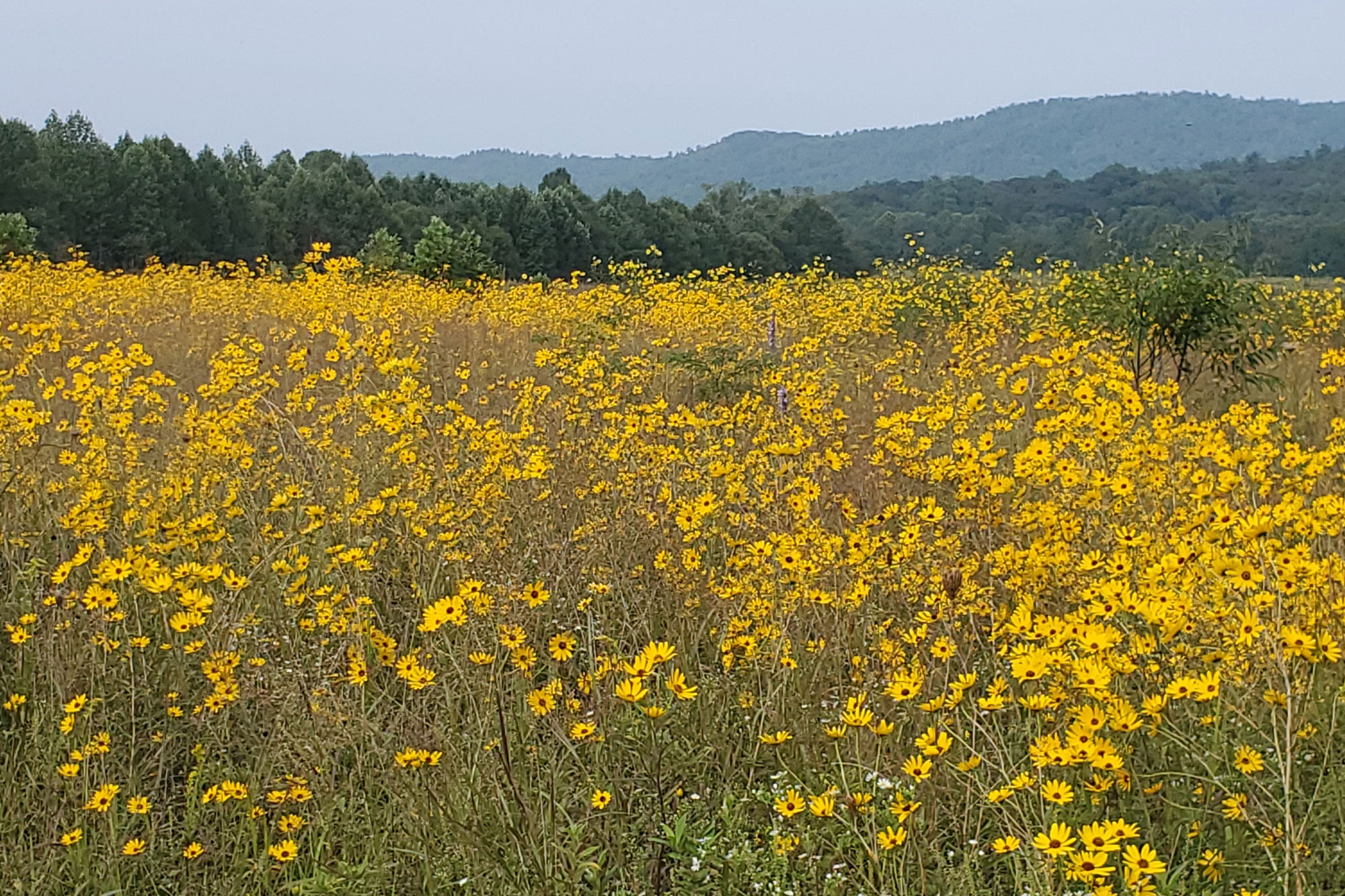
Photo by Walt Peterson
Curiosity is sparked!
Each day after we lead a monarch program, our core team of volunteer educators fills out a survey to answer questions about butterflies, fields, flowers, and other data that can help us better understand our monarch neighbors. We also include a space to write down what we wonder about, what questions and curiosities were sparked by our time in the fields, including questions by participants who attended the program as community scientists.
This year, a few of us noticed that on certain days we would catch all Male or all Female monarchs. At least it seemed that way! So we wondered: are there more females than males? Do the different sexes arrive or depart the fields at different times during the season? With the data we collected this year, I was able to generate a graph of our monarch population to help us answer these questions (Figure 1).
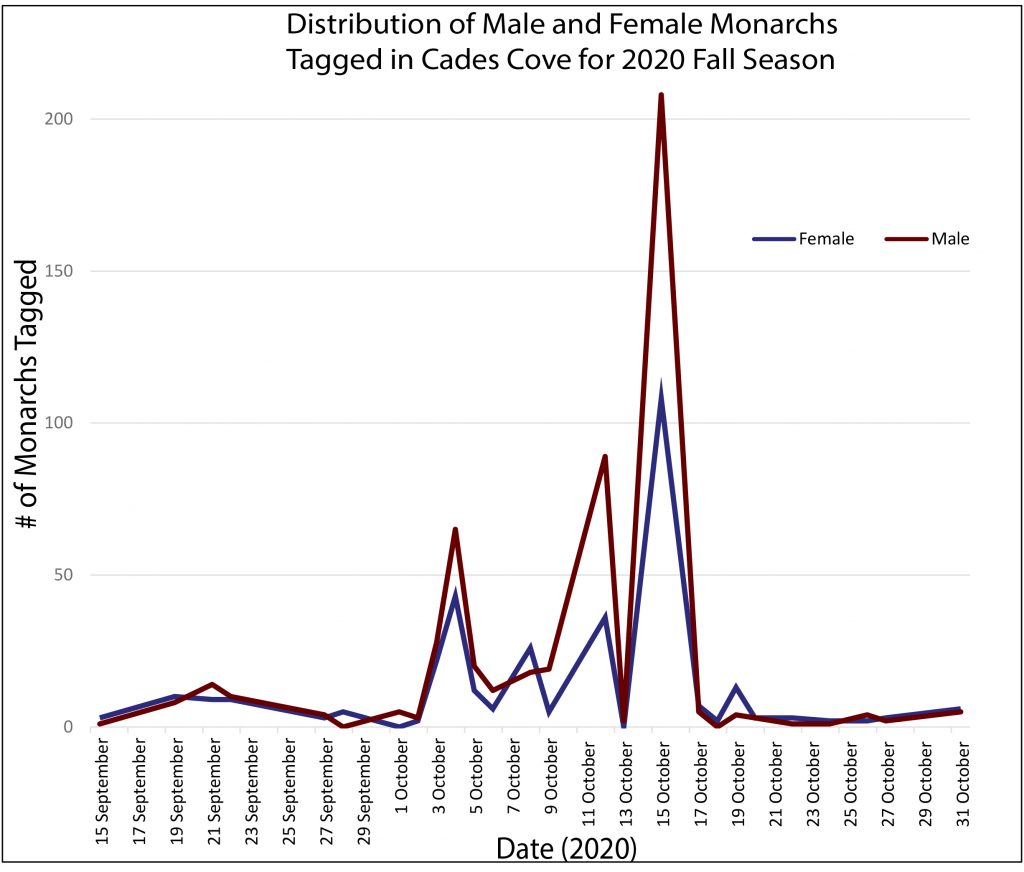
Figure 1. Distribution of Male and Female monarchs tagged during the 2020 season in Cades Cove. Total monarchs is 871 (39% Female, 61% Male).
What do you notice from this data visualization? Do you think this is always true? What else do you wonder about from looking at this graph? It turns out this trend towards more males than females is something researchers have observed in the monarchs’ overwintering sites in Mexico1. What are some potential impacts of this change?
Without annual data collection, we wouldn’t know if this is a continuous trend or just a fluke from 2020. Will this trend continue? Community participation in this program not only helps us answer some of these questions (and generate new questions!) but most importantly shares the story of the monarch migration with hundreds of people each year, which in turn helps us all notice these transient visitors and work to protect the resources they need to thrive. Thank you for learning with us!
I look forward to seeing you in the fields next year!
Erin
Manager of Science Literacy and Research
Running these educational programs each week takes a huge amount of time, love, and knowledge from a core team of dedicated volunteers. Huge thank you to the following folks (and their families!): Wanda DeWaard, Juli Rigell, Stephen Lyn Bales, Stacey Whetstone, Nielson Family, Davis/Powell Family, Melissa Gunter, Terry Uselton, Mac Post, Dattilo Family, Metcalf Family, Cheri Hall, Mary Long, Leanne Phagan, Ruth Anne Hanahan, Gar Secrist, & Walt Peterson
 Images copyright Monarch Watch.
Images copyright Monarch Watch.
What do you notice when you look at these two butterflies?
Each time we catch a monarch butterfly, we determine their sex. What do you notice when you look at these two butterflies? The monarch on the left is male. Notice the dark swollen pouches (the dark spots) on the hindwings (bottom wings) and thin venation. The monarch on the right is female. Notice the thicker veins and lack of dark spots on the hindwings.
1 Davis, A. K., & Rendón-Salinas, E. (2010). Are female monarch butterflies declining in eastern North America? Evidence of a 30-year change in sex ratios at Mexican overwintering sites. Biology Letters, 6(1), 45–47. https://doi.org/10.1098/rsbl.2009.0632


